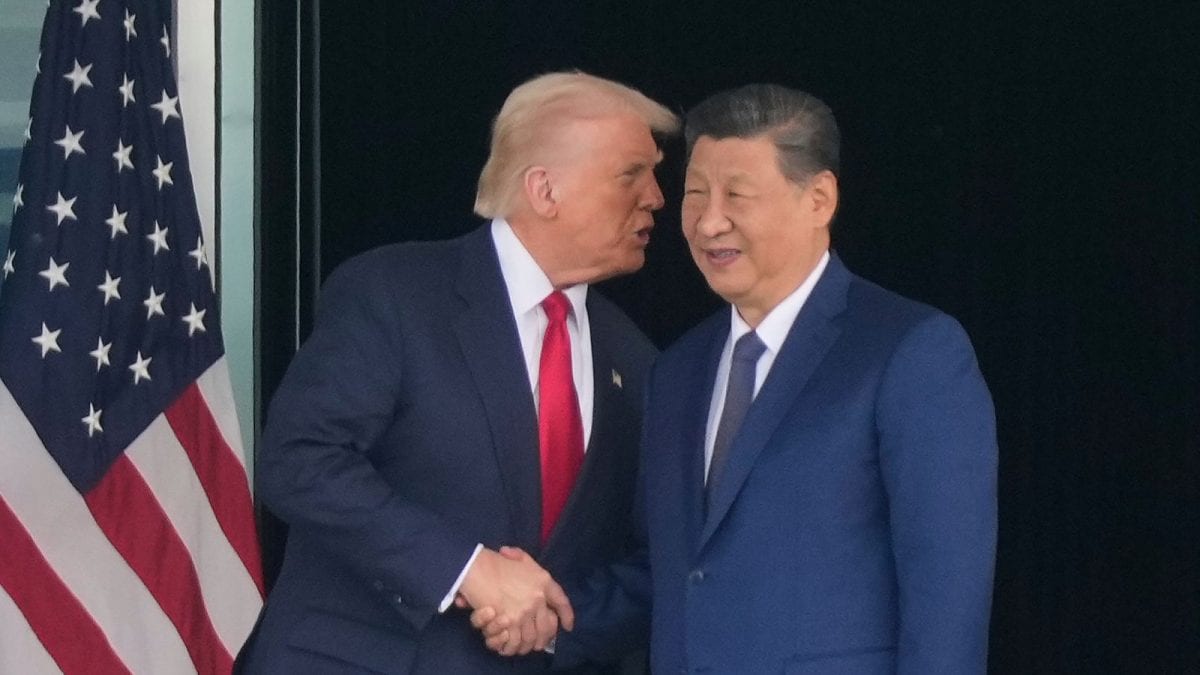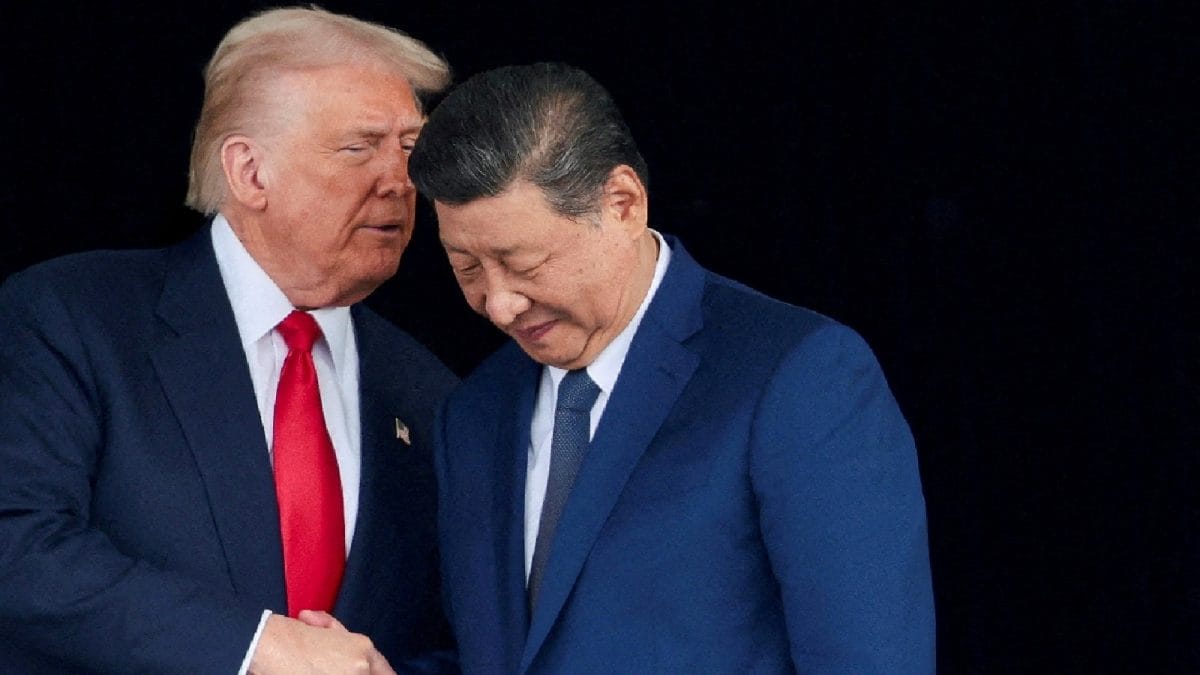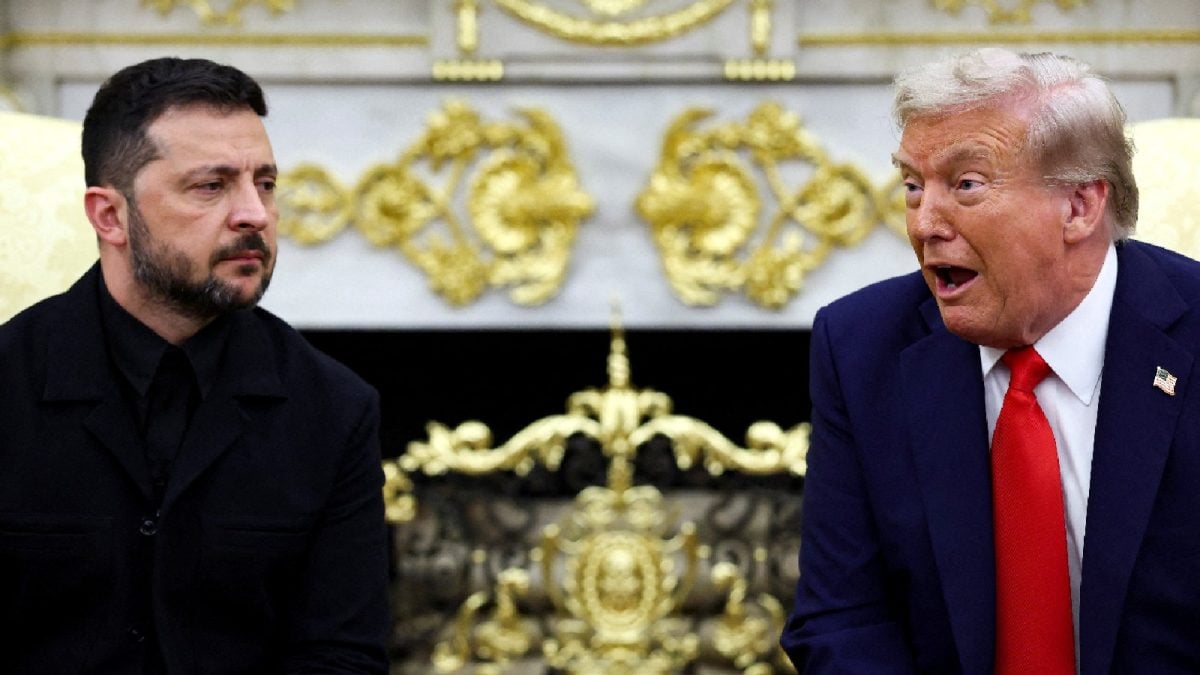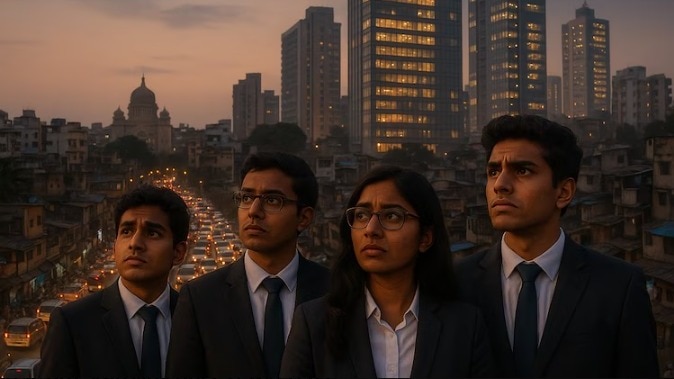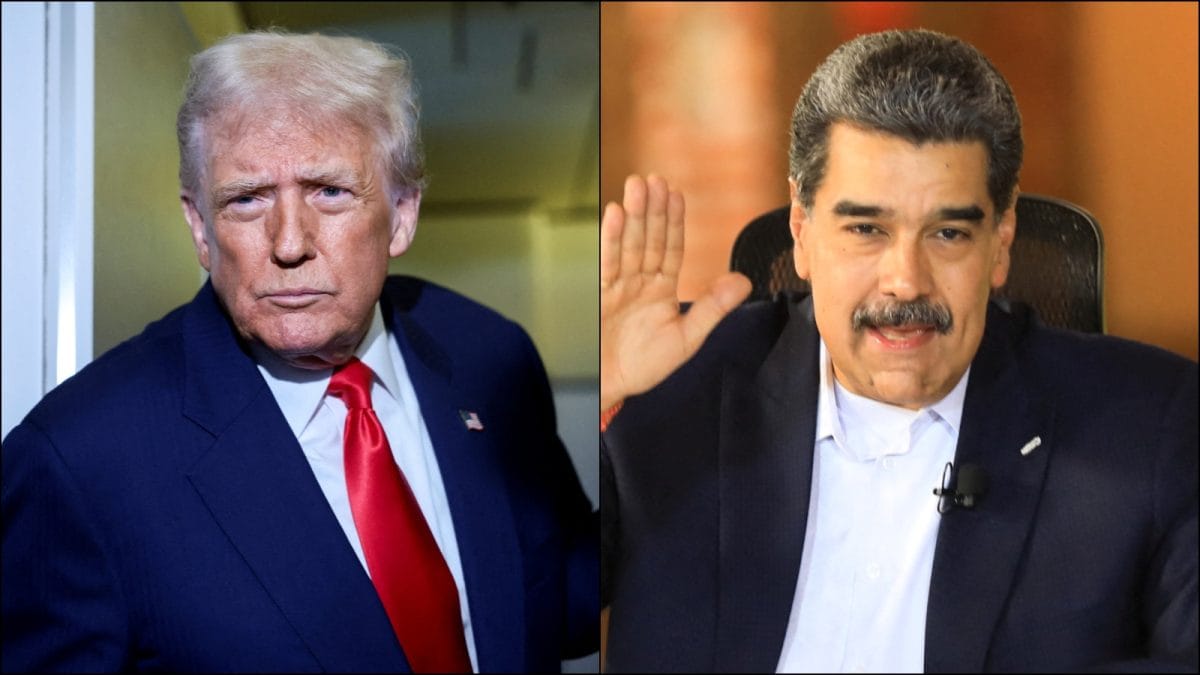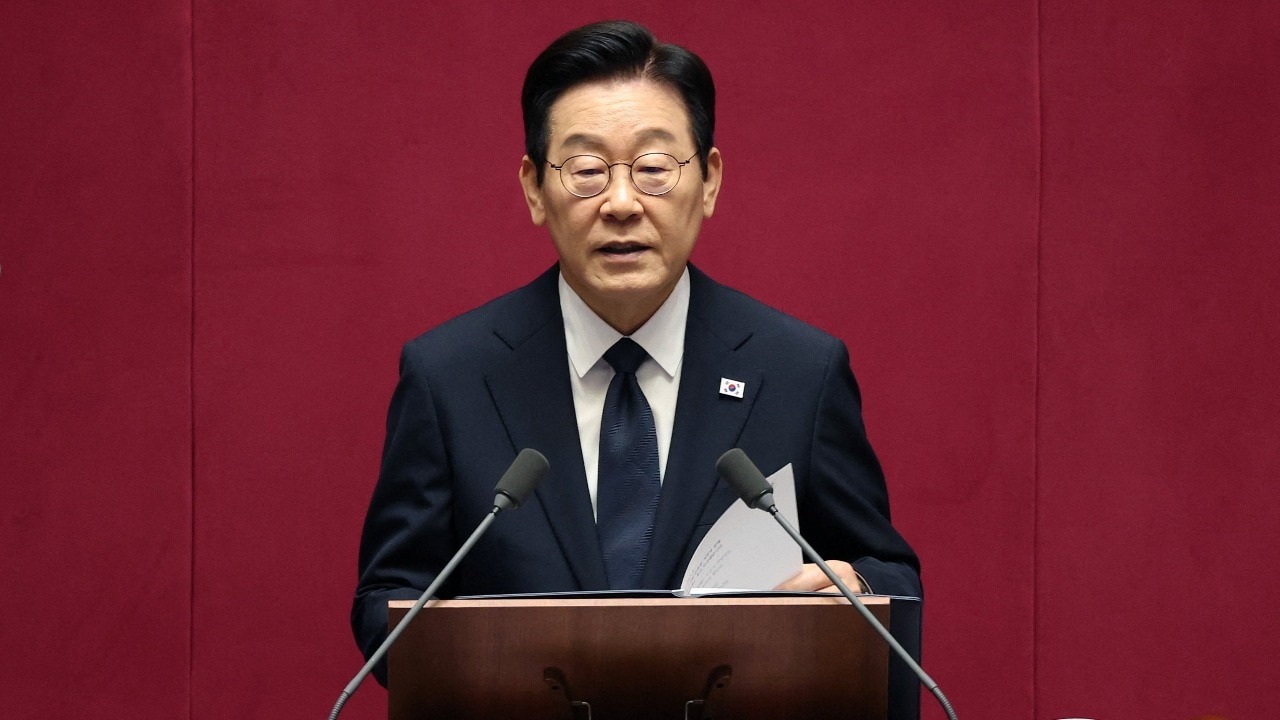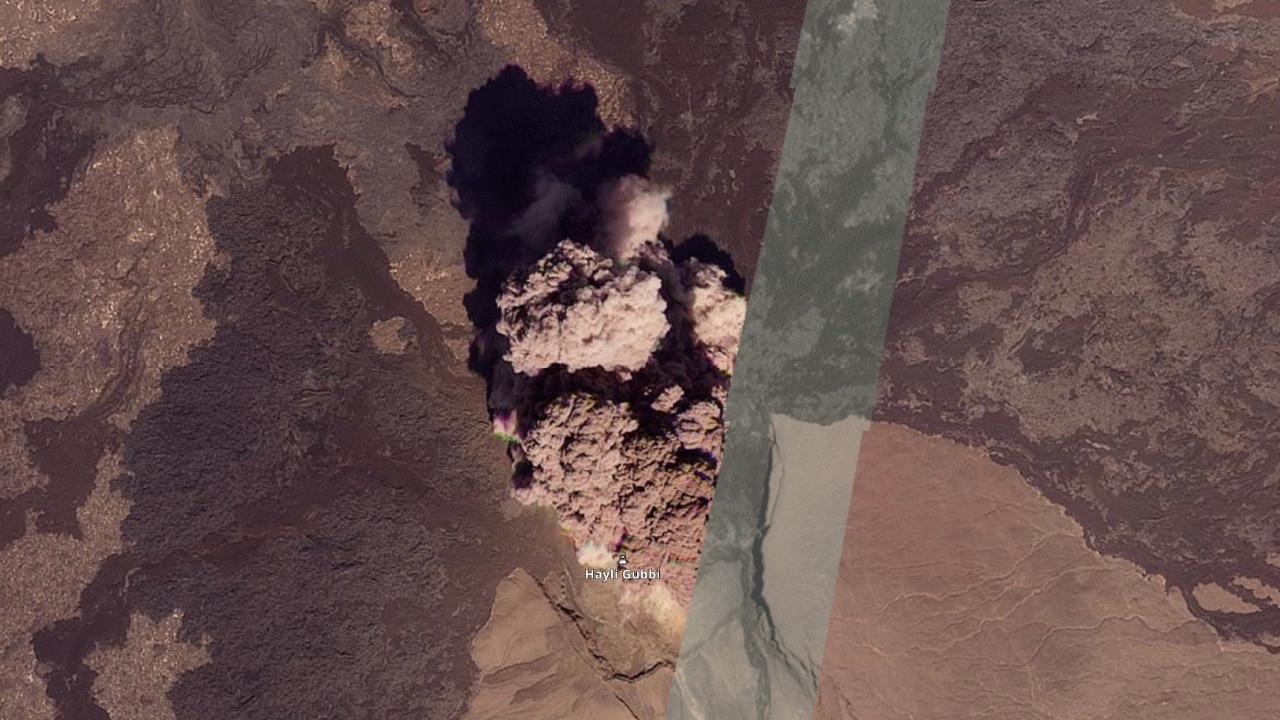Pakistan's loud propaganda blitz after the Dubai Tejas crash may dominate online noise, but it collapses against decades of data, global interest and India's expanding defence ecosystem, leaving Islamabad exposed as a desperate disruptor, not a credible voice in aviation today.
When an Indian Air Force Tejas fighter jet crashed during a display at the Dubai Air Show, the images spread rapidly across social media: a sudden loss of vertical reference, a plunge, an explosion of flame. The IAF later confirmed the pilot sustained fatal injuries and ordered a full court of inquiry. As India grieved, another reaction emerged, not from aviation specialists, but from Pakistan’s ever-active propaganda ecosystem.
Islamabad’s social-media networks, influencers, and unofficial spokespersons seized on the tragedy to push a familiar narrative: Tejas is unsafe, unreliable, unfit for export, and proof that India’s defence ambitions are failing. Yet when stripped of theatrics and online noise, the reality that emerges is starkly different. Pakistan’s propaganda blitz is unlikely to dent India’s indigenous fighter-jet programme for one simple reason: global aviation is built on evidence, not emotion.
Air-Show Crashes: A Century of High-Risk Flight
To start with, air-show crashes do not indicate platform failure, they reflect the extreme nature of aerobatic flying. The first major air-show fatality dates back to 1910 when Charles Rolls, co-founder of Rolls-Royce, died after his Wright Model A disintegrated during a display. In 1988, three Italian Air Force MB-339s collided mid-air at Germany’s Ramstein Air Base, killing 70 spectators.
Even the most advanced jets flown by the most elite pilots have suffered catastrophic air-show accidents. Spatial disorientation, the likely cause of the Tejas crash, is a known and documented risk in high-G manoeuvres, especially during low-altitude displays.
This is why the claim from Pakistan that “a crash equals a bad aircraft” is not merely misleading, it is absurd.
Global Incidents That Never Questioned Aircraft Reliability
Recent incidents underline this point. In Poland, a Polish Air Force F-16C crashed due to spatial disorientation. A U.S. Air Force Thunderbirds F-16C met the same fate during an air-show practice in Idaho. None of these crashes triggered debates about the F-16’s reliability. No country suggested the fighter was defective. Aviation experts understand the inherent risk envelope of aerobatic flying.
Against that background, Pakistan’s sudden outrage over a Tejas crash appears less like genuine concern and more like opportunistic politics.
The Tejas Safety Record: Quietly Impressive, Quietly Inconvenient for Pakistan
Here lies the reality Pakistan does not want global buyers to notice: Tejas has an exceptional safety record for a young fighter jet.
The aircraft’s first flight took place in 2001. In the 24 years since, only two crashes have occurred: one in Rajasthan in 2023 during recovery from Exercise Bharat Shakti, and the recent Dubai crash. That is it.
A growing flight envelope, the reliable GE F404 engine, and rigorous testing, measured by global standards, all reinforce the aircraft’s credibility. In a world where even legacy platforms like the F-15, F-16, and Gripen have accumulated far more incidents, Tejas stands out.
A Programme Defined by Scale, Not Speculation
To understand why Pakistan’s narrative is falling flat, one must look at the scale of India’s indigenous effort. The Tejas programme today represents strategic autonomy, industrial expansion, and a maturing aerospace ecosystem.
India has already ordered 220 Tejas aircraft, including two operational squadrons. In 2021, the government placed a 48,000-crore order for 83 Tejas MK1A fighters, later expanded in 2025 with a $7.5 billion order for 97 more MK1A jets.
HAL’s production line is active, delivery schedules remain on track, and the Indian Air Force, the operator with the highest stakes, continues to expand its fleet. There is no greater endorsement than that.
The Real Reason Pakistan Cares: The Global Market
So why the sudden Pakistani obsession? Because Tejas is entering markets where Pakistan hoped its China-backed JF-17 would dominate.
Argentina, Egypt, Nigeria, all have shown interest. Recently, Brazil explored barter-based procurement, exchanging Embraer C-390 transport aircraft for Indian-made Tejas MK1As.
The Dubai crash occurred at a sensitive moment, just as Tejas was gaining visibility before military delegations from several continents. For Islamabad, this was a perfect moment to weaponise perception and tell buyers: “Don’t choose India.”
But this strategy overlooks two basic realities.
Reality One: The global defence market isn’t swayed by Twitter.
It is driven by performance, data, delivery timelines, and long-term support infrastructure.
Reality Two: Safety records matter, propaganda doesn’t.
And Tejas’ safety record remains one of the strongest in its developmental cohort.
A Strategic Contest, Not an Aviation Debate
Pakistan’s campaign is not motivated by concern over pilot safety or engineering ethics. It stems from strategic and economic anxiety. Every Tejas sold internationally damages the prospects of the JF-17 — a platform Pakistan has aggressively pushed with Chinese assistance.
Every contract signed by HAL redirects revenue away from the China-Pakistan military-industrial partnership. The more India rises in aerospace manufacturing, the harder it becomes for Islamabad and Beijing to maintain dominance in low-cost fighter exports.
A Familiar Pattern of Obstruction
If the tactics seem familiar, that’s because they are. Pakistan has historically opposed nearly every major Indian defence and space advancement:
— When India exported the BrahMos missile, Pakistan protested.
— When ISRO launched satellites, Pakistan alleged espionage.
— When India tested the Agni-V missile, Pakistan labelled it destabilising.
— Now, with India entering the fighter-export arena, Pakistan claims Indian jets are unsafe.
It is the same playbook, a consistent pattern of undermining India’s rise wherever possible.
Why the Propaganda Won’t Work
Ultimately, Pakistan’s narrative may dominate certain online circles for a few days, but it holds little value in the real world. Defence ministries don’t make procurement decisions based on trending hashtags. Military planners don’t buy jets based on manipulated clips. Air forces don’t build fleets based on propaganda storms.
India’s fighter jets will fly for decades.
The Tejas programme will continue expanding.
One tragedy, however unfortunate, cannot erase 24 years of performance and progress.
Nor can it negate a larger truth: India has emerged as a serious defence-manufacturing power, and Tejas is its most visible symbol.
As global buyers evaluate their next-generation requirements, they will study data, not rhetoric. And on the metrics that truly matter, Tejas stands firm, while Pakistan’s propaganda slips swiftly into irrelevance.
- Ends
Published By:
Rudrashis kanjilal
Published On:
Nov 24, 2025
Tune In

 1 hour ago
1 hour ago
